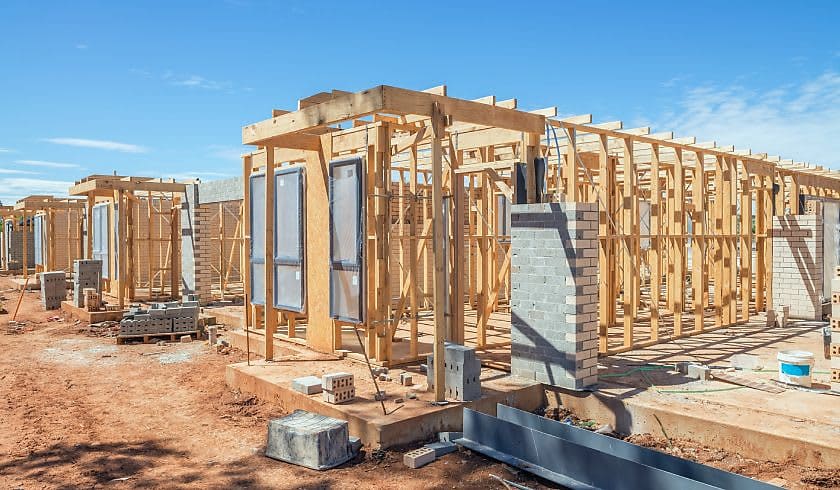Changes to the National Construction Code — another blow to the hip pocket of builders and buyers
With the recent release of the 2022 National Construction Code (NCC), Australians will see updated construction standards introduced, requiring new homes to meet more stringent energy efficiency and accessibility requirements. While the importance of sustainable and accessible homes cannot be understated, many are rightfully concerned about the impact the new code will have on builders and home buyers alike.

The new NCC is set to commence on 1 May 2023 and gives the industry a transition period to 1 October 2023 to adjust to the changes. These changes include increasing minimum energy-efficiency standards for new houses and apartments from six- to seven-star ratings under the Nationwide House Energy Rating Scheme (NatHERS). At present, the proportion of new home designs assessed using NatHERS is around 90 per cent.
The new code also mandates new accessibility standards, including step-free entry to dwellings, a toilet on entry level, accessible doorways, and reinforced bathroom walls. At Hillbrook, we know the importance of taking a conscious and considerate approach to development.
We incorporate sustainability and accessibility into everything we do, as evidenced by our membership to the Master Builders Greener Living program and our dedicated specialist disability accommodation projects. But whilst we wholeheartedly support the reasoning behind the new standards, they may prove to be unaffordable to many consumers and builders, given the current state of the industry.
Despite the changes to the NCC being made with the right intentions, they couldn’t come at a worse time. The changes will have widespread financial implications for all new builds, putting pressure on an industry that is already grappling with supply chain headaches, labour shortages and skyrocketing material costs.
The result? Ultimately, the cost will be passed onto consumers at a time when inflation and cost of living are at an all-time high.
The changes were already met with pushback when they were proposed last year. NSW, South Australia and Western Australia chose to opt-out, suggesting the changes would burden the construction industry and increase house prices.
Similarly, industry heavyweights have voiced their concern for the new code, with Master Builders Queensland anticipating it would increase the average build cost by $30,000.
Property Council of Australia chief executive Ken Morrison stated the costs would outweigh the benefits, and they wanted implementation to be delayed. We can be sure that overall build costs will continue to rise due to these changes.
So, what can builders and home buyers do to prepare themselves?
I encourage builders to become familiar with the changes as soon as possible and analyse the impact they will have on their business. Builders need to start putting systems in place to implement the new requirements.
For those looking to build in the near future, I urge them to commence prior to May 2023. Anyone who starts building a home after this date will face increased costs of around 10 to 15 per cent as a result of the new code. Supply of the newly required materials will need to catch up with demand, so consumers should factor further delays into their timeline.
After the pandemic-related hardships builders and their clients have dealt with over the past two years, the changes to the NCC are just another blow to the hip pocket. Greater effort from state and federal governments is needed to soften the blow for all.
Government should be called on to extend the transition period for the new code to come into effect to allow the industry much-needed time to return to normal after the profitless boom. Many home buyers will also need more time to budget for the increased costs they will be facing. Given the drastic increase in build costs resulting from the new requirements, it is also vitally important that ample rebates will be available to builders. The rebates currently available are simply inadequate to make up for the price spike.
Whilst it is important the NCC evolves as society does, it is equally important the changes are beneficial and achievable for consumers and builders. In instances such as this, policymakers are inadvertently contributing to the housing affordability crisis by increasing building costs and making home ownership even further out of reach.
In future, the government should consult further with industry professionals before making major policy changes such as these. When changes are made that fail to account for increased costs and delays, consumers are ultimately the ones footing the bill.
By Tristan Angelini, managing director of Hillbrook Projects